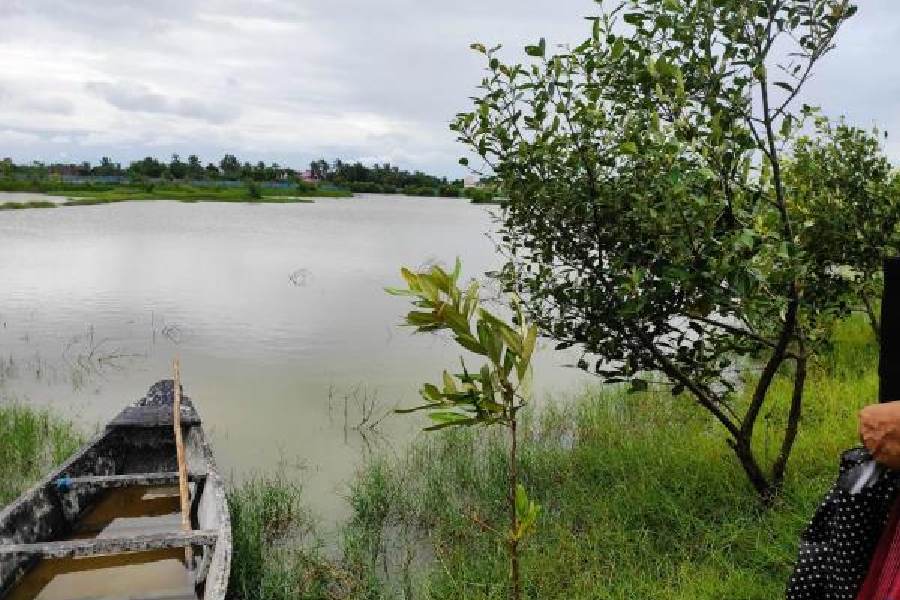In a move to preserve mangroves, the state government has set up a cell in June.
The mangrove cell, at Aranya Bhavan in Salt Lake, is a versatile body that will bring government officials, forest personnel, NGOs and academics under a single platform to provide guidance on negotiating the challenges faced in conserving mangroves.
The cell will also channel funds from corporate bodies, forest department secretary Vivek Kumar told a symposium on mangroves organised by the NGO Nature, Environment and Wildlife Society on World Mangrove Day on Wednesday.
“Other than the government officials, specialists and representatives of civil society organisations have been included in the steering and executive committee of the cell,” said Kumar.
Elaborating on the newly-created cell, Soumitra Dasgupta, the principal chief conservator of forests, said: “It will bring in a new paradigm in the conservation of mangroves. For the first time, we will have technical, cerebral and financial experts on a single platform.”
Stressing the importance of the conservation of mangroves, Kumar highlighted the state government’s mangroves plantation drive after cyclones hit the state in 2020 and the following year.
“We have planted 20 crore mangrove saplings in North and South 24-Paraganas and Purba Medinipur (East Midnapore). We have lost a lot of saplings to tidal waves. We have done some infilling. Now, it is very important that we conserve the mangroves.”
The Bengal government’s Mission Plantation, a low-cost natural solution to mitigation of disaster, is now a case study for the central government which has started the Mangrove Initiative for Shoreline Habitats and Tangible Incomes (MISHTI). This programme was announced by finance minister Nirmala Sitharaman in her last budget.
Aquaculture
Mangrove plants are now becoming essential to shrimp farms and aquaculture.
The NGO Nature Environment & Wildlife Society, which has been working on mangrove plantations in the Sunderbans, has implemented a pilot project in Chaital village, in Minakhan block, North 24-Parganas where they have engaged fish farmersto plant mangrove saplings along the edges of the bheris (fisheries).
The littoral deposits of the mangrove leaves in the bheri waters create plankton that the fish or shrimps consume.
“The farmers save on fish feed that cost them around Rs 4,000 per month,” said the NGO’s Ajanta Dey.
Pintu Das of Chaital village who has a 12-bigha pond, said: “We not only save on fish feed but our yield from the pond has also increased by about 15 per cent.”
